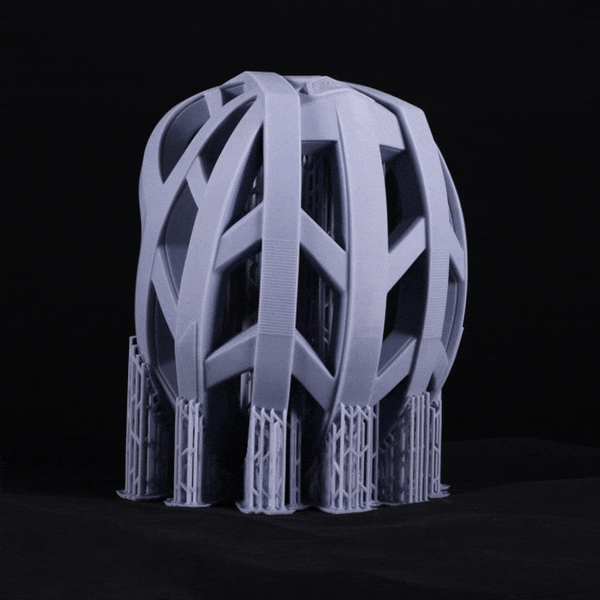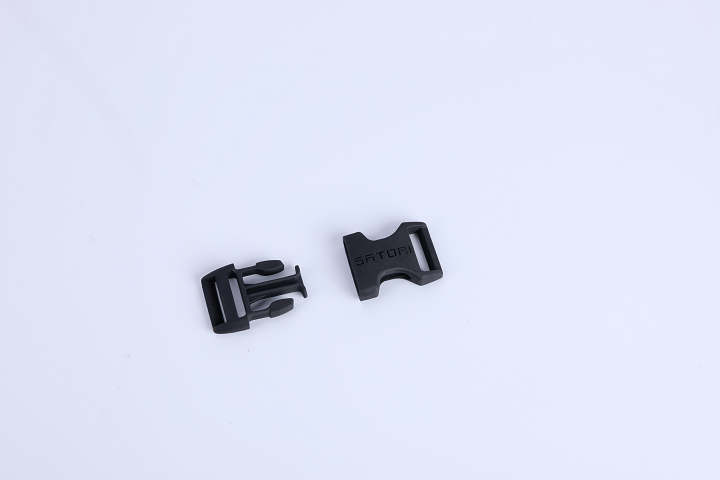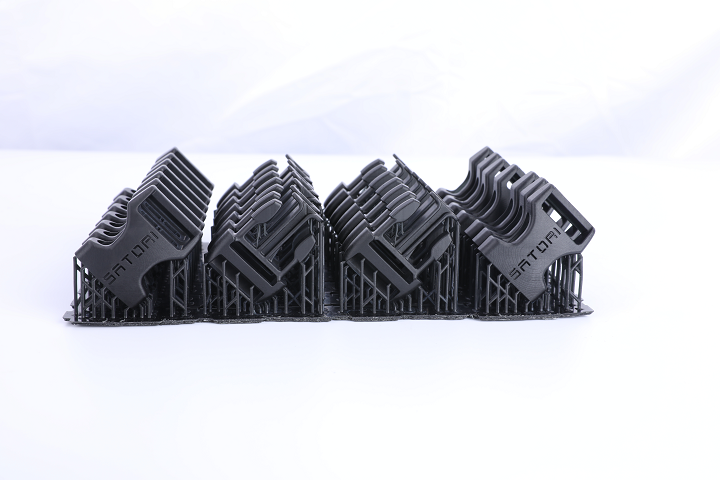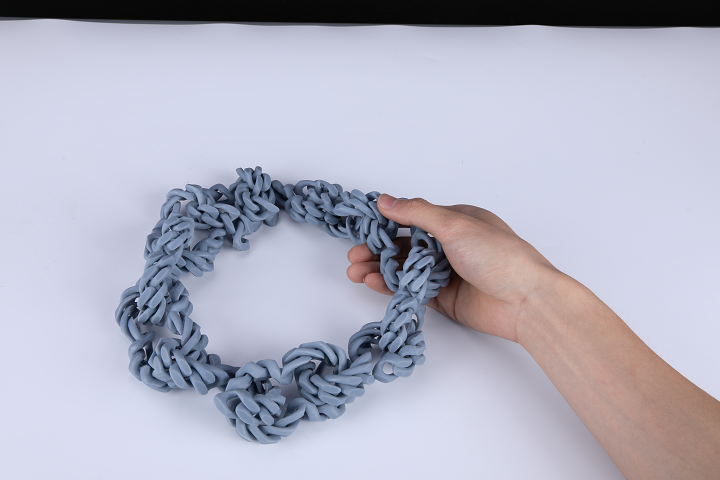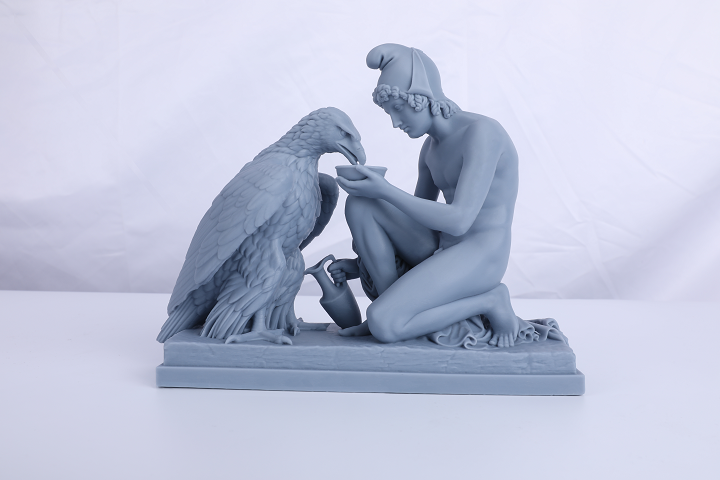London-based tech company Satori launched its first resin 3D printer, the compact yet professional ST1600, in October of 2020, and introduced a partnership program at the same time in order to collaborate with global creatives and innovators in the design and manufacturing industry to solve problems using 3D printing. Now the female-led Satori, which means “enlightenment” in Japanese Zen, is getting ready to introduce its next resin system: the large-scale, industrial Satori VL2800. Unlike its first printer, this one was developed through a strategic partnership with Chinese 3D printing company Elegoo, and will initially be sold through a Kickstarter campaign, which will begin sometime near the end of this month. This will help make the VL2800 more affordable, which isn’t often seen with large resin systems.
I recently had the chance to speak with CEO Chengxi Wang about the company’s newest addition, and she was able to give me a lot of information about it.
Let’s get right to the basics of the new VL2800: with a 278 x 156 x 300 mm build volume, the masked stereolithography (MSLA) printer is large enough to print an entire bike helmet in one go, but compact enough to fit on your desk. In fact, the “VL” in its name stands for volume, and Satori may potentially launch a printer with an even bigger volume in the future to join this new VL line. The resin printer features a 6K mono screen, which offers much faster cure times than traditional screens and, according to Satori, “a 51 micron pixel size the whole surface of the build platform.”
“For a resin printer, it’s very tough to balance volume and precision. That’s because when the screen is limited to a certain resolution, and you increase the volume of the machine, it’s almost like when you take a picture with a camera that doesn’t have enhanced resolution. When you zoom in, it will become pixelated, so the overall print quality will be more blurry. But, what we did is we enhanced the screen. In the previous machine, we used 4K LCD screen, but for this version we used a 6K LCD screen, and overall that will retain our precision,” Wang said.
She went to explain the importance of maintaining stability when you increase a printer’s volume. A manufacturer can increase the Z axis easily enough, but if it isn’t stable enough, you won’t end up with good prints.
“The biggest challenge for printing big volume is that when you pull up the print, it will create a very strong force that will suck this resin print down on the build platform,” she told me.
So you really need a stable Z axis when you’re dealing with a larger volume printer like this. For the new VL2800, Satori used a “KK module” from Taiwanese supply company HIWIN that better controls the stability using a closed loop stepper motor and ball screw, ensuring more consistent layer height and print surface quality. Additionally, the printer also includes a self-monitoring feature for the Z axis motor, as in the past it would stop whenever it encountered any difficulty.
“But with this feature, if the motor identifies the problem, it won’t stop automatically—it will stop only after it finishes one layer, which allows us to have a consistent layer throughout the print and results in a higher quality finish,” she continued, noting that you really shouldn’t see layer lines with resin prints.
Again, Satori is using a mono screen for the VL2800, which helps increase print speed by increasing the curing time of each layer.
“With a resin printer, a mono screen is more advanced than a color screen, because it allows more light to penetrate, which helps the efficiency of the curing process,” Wang explained.
This 6K mono screen should make it possible to print parts in sizes up to 27.8 x 15.6 x 30 cm, which is helpful for the types of applications that Satori is targeting with its new system. Some people might not want a larger printer if they’re not printing larger parts, but as Wang explained to me, the benefit of the VL2800 is that “it allows you to do batch production.”
“This is quite important for a company who wants to produce spare parts in volume, like buckles or some other engineering spare parts,” she said.
Satori tested its 3D printer’s mettle by 3D printing 50 buckles in about three hours, making it only four minutes of printing per buckle.
“It will help people use the 3D printer for efficient customized production,” Wang stated.
Wang explained that her inspiration for the new VL2800 actually came from Satori’s collaboration with industrial designer Mahdi Naim.
“When we were developing the machine, we really wanted to use feedback from our design partners and our community to help us think of what’s important,” she explained. “A lot of manufacturing decisions can deviate from what a customer needs, just to push the tech specs higher and better, but for us it’s more what the customer needs.”
Satori and Naim recently collaborated again to 3D print a medical-grade prosthetic leg on its new system. Wang said that the results were “beyond our expectations.”
“The larger an object, the longer it takes to create and configure the tools in order to make it by traditional means,” Naim said in Satori’s newsletter. “With 3D printing, there are virtually no setup steps, so large prototypes are much faster to print than making them any other way. During our first collaboration on the WFH collection, I noticed that the Satori printer was precise and fast, the resin reveals the shape thanks to its relation to the light while giving a soft touch and durability.”
Naim is always working to push social impact in Africa, and by 3D printing prosthetics, they are more easily available to public sectors that may not otherwise be able to afford them.
Speaking of collaborations, Satori partnered with established hobbyist-level 3D printing company Elegoo to launch its latest premium printer, in order to help make it more accessible. Founded in 2015, Elegoo launched its Mars 3D printer—benchmarked against a £1,000 Zortrax system—for just £200 in 2019, and as Wang put it, the Mars runs better, with better quality, and “hobbyists are crazy for this machine.”
Wang first noticed Elegoo during her brief stint as the CEO of MyMiniFactory.com, and kept in touch after she struck out on her own to start Satori. She says that even though Elegoo focuses on hobbyist printers, while Satori is aimed more at the professional level, she and the company’s CEO have a similar vision.
“I think it will be a good synergy when we join hands in this new launch,” she said.
Satori, which moved to a new office near the Tower Bridge in London at the end of April, also recently built a new manufacturing center near Elegoo in Shenzhen.
“We hired new engineers to supervise the quality control on site, so it’s a very streamlined process there,” Wang explained. “Our chief engineer is on site, and we’re hiring local, and our new office there will be finished in one month, to ensure that the level of quality matches what we do here.”
In terms of what sets its new printer apart from the rest of the herd, Wang mentioned the Form 3L resin printer, which costs about £9,000, which she said is “really quite a high price tag for designers who have this basic larger-volume need.”
“So for me, I understand there’s a volume need, but on the other hand, can we reduce the price? So our machine is a combination of affordability and also the volume,” she explained.
“The reason we didn’t go even bigger is because we wanted to ensure the best combination of quality and stability in volume, and we believe this combination is the best we can do so far with this affordable price tag.”
Something else that makes Satori’s VL2800 printer different from other resin systems is its color scheme. The company’s first printer, the ST1600, had a red and black design aesthetic to match the company’s branding, but this one is black and white. This idea came about when Wang was collecting feedback for this new printer, and found a social media post of favorite resin printer brands for dental applications, which included the ST1600.
“I recognized that our machine actually lost its identity among the crowd of all the dental 3D printers. Quite commonly, the resin 3D printer has either a red or orange cover, and to match that cover, it’s either black or white as the base. There’s a reason for this—red and orange can block the UV light quite efficiently, but I asked our engineering team if it was possible to choose a different color, and I got notified that black color also works,” she explained.
“Black actually opens up the whole design flexibility, because as 3D printers became more prevalent in designer’s workspaces, especially when working from home, you don’t want a very inconsistent color appearing in your design studio, you want it to be a neutral color.”
The design and color scheme for the new printer was also inspired by the black and white scheme of her oven, and Samurai helmets, especially in its cover and how the door opens.
Wang said that Satori has validated the development of the VL2800 with prototype systems, and, thanks to the support of Elegoo’s efficient manufacturing capacity, is ready to produce, meaning that the estimated delivery time will be much shorter than your average Kickstarter project, which is pretty exciting.
The campaign is set to launch later this month, but anyone interested in periodic Kickstarter updates and the chance to get exclusive early bird pricing for Satori’s new VL2800 should sign up for the company’s newsletter mailing list. Also, stay tuned to 3DPrint.com, because I’ll be sharing more exclusive information from Wang about the Kickstarter campaign soon!
Subscribe to Our Email Newsletter
Stay up-to-date on all the latest news from the 3D printing industry and receive information and offers from third party vendors.
Print Services
Upload your 3D Models and get them printed quickly and efficiently.
You May Also Like
Reinventing Reindustrialization: Why NAVWAR Project Manager Spencer Koroly Invented a Made-in-America 3D Printer
It has become virtually impossible to regularly follow additive manufacturing (AM) industry news and not stumble across the term “defense industrial base” (DIB), a concept encompassing all the many diverse...
Inside The Barnes Global Advisors’ Vision for a Stronger AM Ecosystem
As additive manufacturing (AM) continues to revolutionize the industrial landscape, Pittsburgh-based consultancy The Barnes Global Advisors (TBGA) is helping shape what that future looks like. As the largest independent AM...
Ruggedized: How USMC Innovation Officer Matt Pine Navigates 3D Printing in the Military
Disclaimer: Matt Pine’s views are not the views of the Department of Defense nor the U.S. Marine Corps Throughout this decade thus far, the military’s adoption of additive manufacturing (AM)...
U.S. Congress Calls Out 3D Printing in Proposal for Commercial Reserve Manufacturing Network
Last week, the U.S. House of Representatives’ Appropriations Committee moved the FY 2026 defense bill forward to the House floor. Included in the legislation is a $131 million proposal for...



